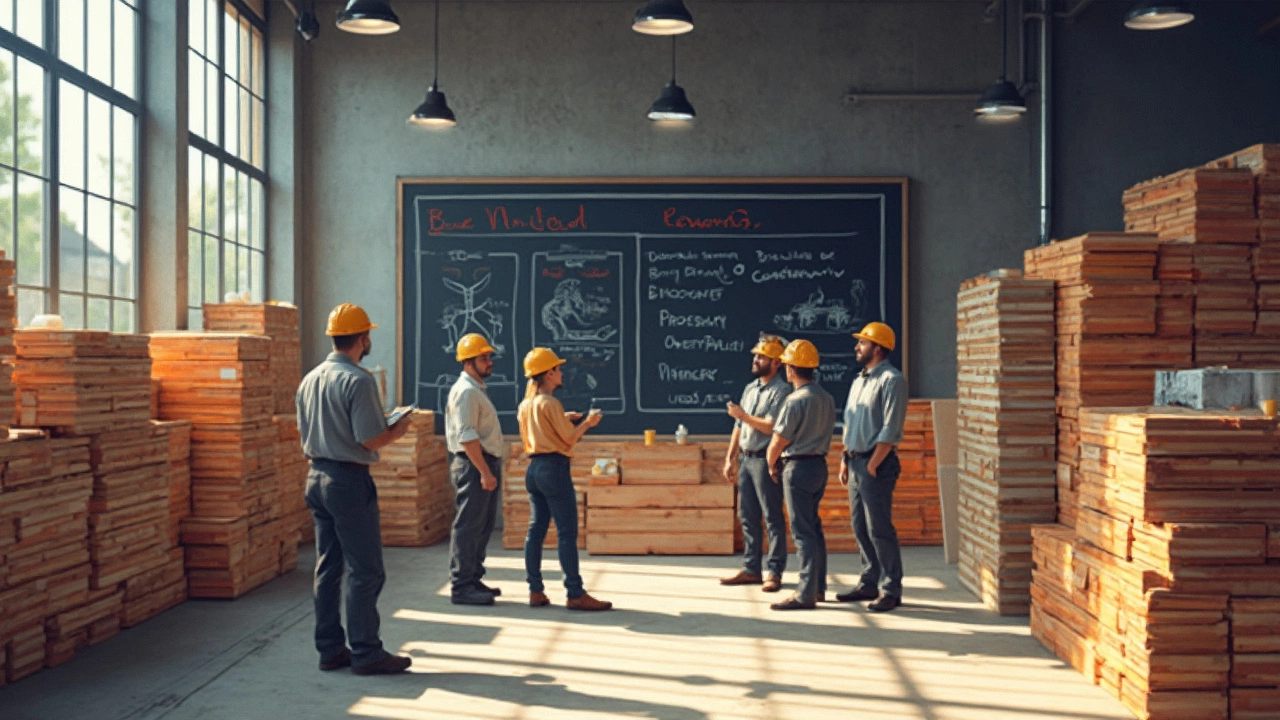Materials Difference: Spotting the Right Building Material for Your Project
When you start a build, the first thing you’ll hear is "pick a material". It sounds easy, but the difference between timber, concrete, steel, or vinyl can change cost, schedule, and durability. Let’s break down the basics so you can make a confident choice without guessing.
Why Material Differences Matter
Every material brings its own strengths and limits. Timber is lightweight and quick to work with, but it can rot if it gets wet. Concrete is strong and fire‑safe, yet it’s heavy and needs proper curing. Steel resists warping, but it can rust if not protected. Knowing these traits helps you match the material to the job, the climate, and your budget.
Cost is another big factor. A high‑grade cement mix may cost more per bag, but if it reduces crack risk, you save on future repairs. On the other hand, a cheap flooring finish might look good at first but could need replacement in a few years. Think long term: the cheapest upfront isn’t always the cheapest overall.
Practical Tips for Picking the Right Material
1. Check the environment. In a wet, coastal area, avoid untreated wood and choose moisture‑resistant boards or coated steel. In a dry, hot climate, concrete with expansion joints works well.
2. Match the load. For foundation work, you need high‑strength cement and reinforcement. For interior walls, lightweight block or drywall may be enough.
3. Look at maintenance. If you don’t want to repaint a brick façade every few years, go with a low‑maintenance stone or pre‑finished cladding.
4. Consider installation speed. Prefabricated panels can cut build time dramatically, while custom‑cut timber may delay the schedule.
5. Ask about certifications. Products with CE, BSI, or local building authority approvals guarantee they meet safety standards.
When you compare two options, write down the key differences: weight, strength, cost per unit, life expectancy, and any special requirements (like a vapor barrier for concrete). This simple table makes the decision clear.
Don’t forget the hidden costs. Heavy materials need stronger foundations, which adds to the overall price. Light materials may need extra insulation to meet energy codes. Always factor these into your quote.
Finally, talk to a professional. A plumber, builder, or architect can spot a material mismatch before it becomes a problem. They’ll also know local supplier deals, which can shave off a few pounds per tonne.
Choosing the right material isn’t magic—it’s a checklist of purpose, place, and budget. Use the tips above, compare the key differences, and you’ll avoid surprises down the line. Your project will stay on track, cost less in the long run, and stand the test of time.

